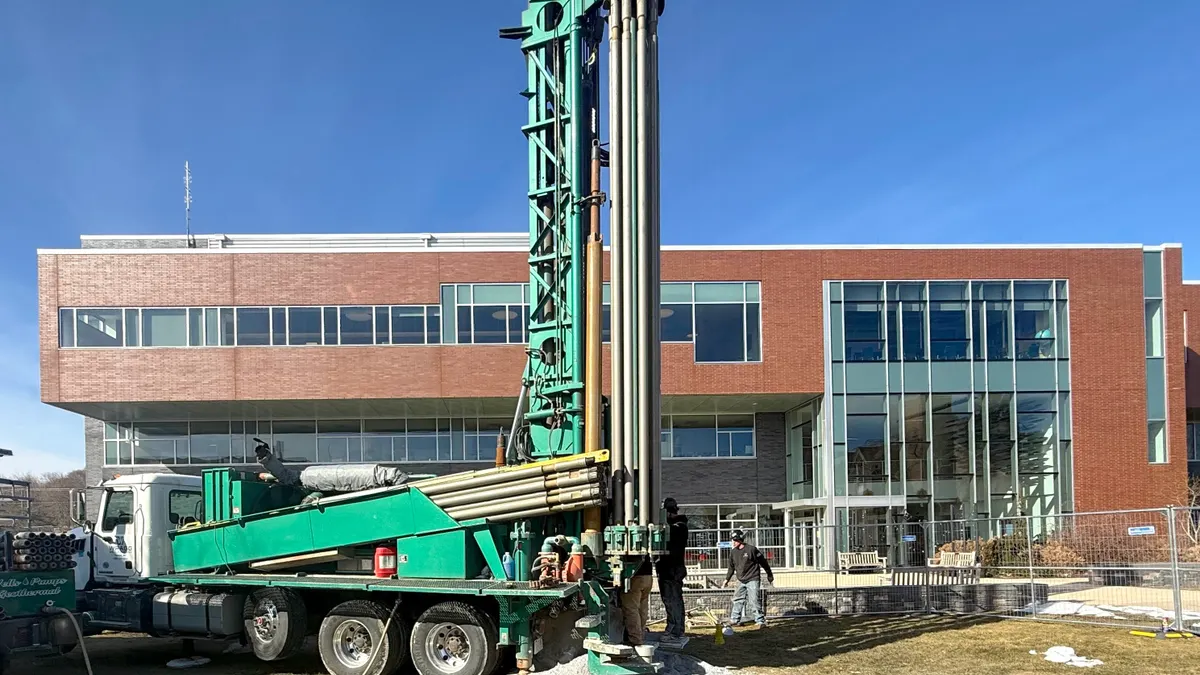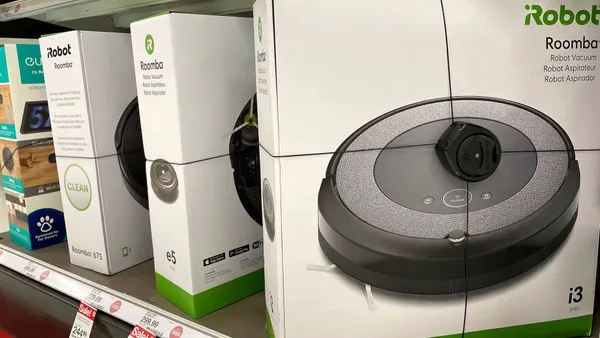Dive Brief:
- Accelsius plans to install its dual-phase liquid computer server cooling technology at the University of Texas at Austin’s Texas Advanced Computing Center, or TACC.
- Deployment of the technology, NeuCool, will support TACC’s new Vista supercomputer, which utilizes high-performance NVIDIA chips that exceed the capabilities of traditional air and liquid cooling technology, Accelsius said in a March 13 news release.
- NeuCool is a modular cooling system that can be rolled out on a limited number of server racks at first, then scaled over time, Accelsius CEO Josh Claman told Facilities Dive. NeuCool operates at lower pressures than traditional liquid cooling systems, has fewer “frictional contaminants” that can damage chips and can reduce servers’ power consumption by 50% or more, Claman said.
Dive Insight:
The energy consumption of high-performance computing systems is rapidly increasing. These facilities have more than doubled their power density, or the amount of energy consumed per server rack, over the past six to seven years and these continue to rise, according to a January 2023 report from McKinsey. The consulting firm notes that server cooling represents approximately 40% of a data center’s energy consumption, resulting in overheating, which can lead to high downtime costs.
Most data centers currently operate at energy densities of 7 to 8 kilowatts per rack, Claman said. However, newer hyperscale facilities fueled by the AI boom are adding racks with average densities of 36kW, according to JLL. The firm cites IDC estimates that point to a compound annual growth rate of 7.8% in average density per rank, approaching 50 kW per rack in 2027. Additionally, many AI cluster requirements are projected to hit 80kW to 100 kW per rack, IDC noted in a July 2023 forecast.
More specialized applications already operate at higher densities. TACC’s Lonestar6 supercomputer operates at 70-kW per rack, according to HPC, a news service for the high-performance computing industry.
Such densely built systems require enormous amounts of cooling power, which accounts for a large share of total operating costs. Against that backdrop, power is increasingly scarce on some local and regional electric grids.
In a typical data center, implementing NeuCool is two to three times more cost-effective than building a corresponding amount of air handling capacity, Claman said. “If all you can secure is 100 megawatts [to power a data center], you want to make sure you put every one of those watts to good use,” he said.
With data center cooling demand expected to see brisk growth, Accelsius’s solution is designed to handle the cooling demands of “a number of generations” of increasingly power-hungry chips, Claman said. Though it likely won’t be needed at scale for a few years, Accelsius has begun work on a new solution to cool servers above the 100 kW power density threshold, he added.
NeuCool uses a specialized refrigerant manufactured by Honeywell, Claman said. Compared with traditional liquid cooling fluid, which is a mixture of water and glycol, NeuCool’s refrigerant puts less wear on chips, has lower risk of biological contamination and requires much less volume, Claman said. Though the closed-loop system design means leaks are rare, the fluid is not toxic to humans and, unlike many other refrigerants, has very low global warming potential, he said.
The TACC partnership surfaces amid Accelsius’s Kickstart program, which aims to get data center operators more comfortable with liquid cooling technology. Fewer than 20% of data centers have even experimented with liquid cooling technology, Claman said.
Kickstart participants can roll out NeuCool in limited “rack and stack” deployments to see how they operate in real-world conditions, before being implemented during the ongoing server refresh cycle, Claman said. Accelsius also offers laboratory testing for data center operators and server manufacturers that prefer to outsource cooling system optimization, he said.












